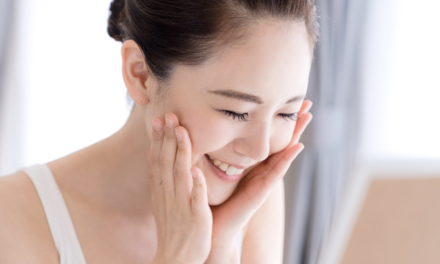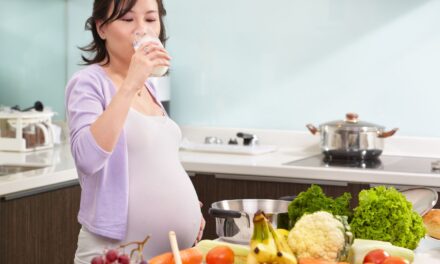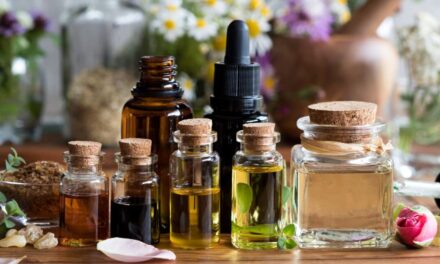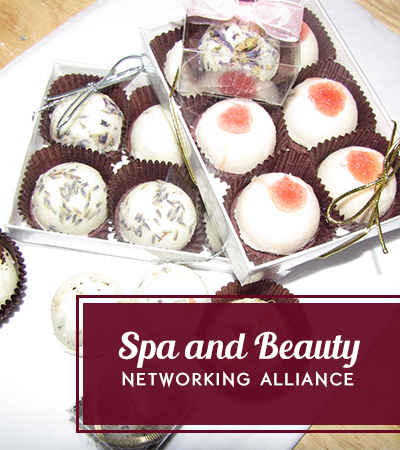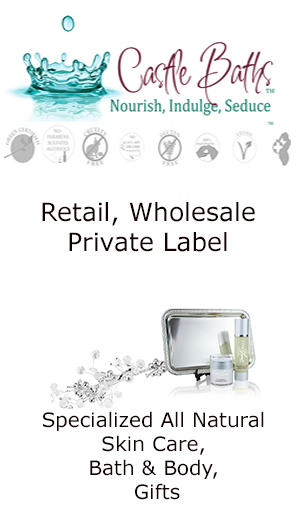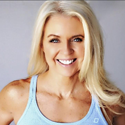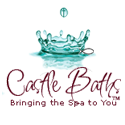“Confusion and alarm among expectant mothers”
According to the U.S. Center for Disease Control and Prevention (CDC) reproductive and developmental birth defects have been occurring with far greater frequency in recent years, particularly so for incidents of undescended testicles and hypospadias, which doubled between 1970 and 1993.[1] According to nih.gov, several CDC reports highlight the presence of reproductive or developmental toxicants in cosmetics and personal care products as strongly suspected contributing factors to the increase in birth defects. Yet when the prestigious American Congress of Obstetricians and Gynecologists and the American Society for Reproductive Medicine issued a joint report in 2013, in which they concluded that “prenatal exposure to certain chemicals is associated with stillbirth, miscarriage, birth defects, childhood cancers and impaired brain development in children,” the American Chemistry Council, which advocates for cosmetics manufacturers, was quick to call for their silence.[2] “Current environmental regulations offer enough consumer protection, and the new [ACOG] report will create ‘confusion and alarm among expectant mothers’ and distract them from proven steps for a healthy pregnancy,” a spokesperson for the American Chemistry Council is reported to have told Associated Press reporter Lauran Neergaard when questioned about the ACOG report. Except there are no current environmental regulations governing cosmetics and personal care products in the U.S.
The only regulatory efforts currently in place for products the FDA has classified as “cosmetics” is the beauty industry’s manufacturer-funded Cosmetic Ingredient Review (CIR) panel, which to date has prohibited only 11 chemicals from use in cosmetics and personal care products sold in the U.S. and has rubber-stamped thousands of others.
The U.S. Federal government does not require any pre-market testing or health studies on any products labeled as “cosmetics” – a broad, loosely defined label the U.S. Food and Drug Administration (FDA) uses to categorize everything from makeup and hair care products to deodorants, lotions, and lipsticks.3 The only regulatory efforts currently in place for products the FDA has classified as “cosmetics” is the beauty industry’s manufacturer-funded Cosmetic Ingredient Review (CIR) panel, which to date has prohibited only 11 chemicals from use in cosmetics and personal care products sold in the U.S. and has rubber-stamped thousands of others. The European Union’s Cosmetics Directive, on the other hand, has banned over 1,000 chemicals commonly used in cosmetics and personal care products, to include the 11 prohibited in the U.S., and has prohibited the sale of any cosmetics or personal care products that use the illegal chemicals from being manufactured or sold throughout Europe. That means 99 percent of the chemicals that have been declared illegal throughout Europe for their links to cancer and birth defects are being manufactured and sold legally, often without labels or warnings, right here in the U.S. Perhaps expectant mothers have a right to be alarmed.
100 Chemicals Before Breakfast
According to Green American Magazine, the official blog and industry publication for the environmentalist non-profit organization Green America, the average person’s morning routine puts him/her into contact with over 100 chemicals before breakfast every day. No one truly knows what the cumulative effect of daily exposure to all these chemicals will do to the human body if used over a period of months or years.[3] The skin may seem like an adequate protective screen against these chemicals, but in reality the skin is not a closed organ. It’s a screen filled with tiny openings called pores that could easily allow topical chemicals to enter the bloodstream much in the same way that topical medication patches deliver drugs to the body. According to the Environmental Working Group (EWG), creator of the SkinDeep Online Cosmetics Database, women and girls use an average of 12 cosmetics and personal care products every day. In 2008, the EWG tested 20 teenage girls aged 14 through 19 for exposure to potentially harmful chemicals commonly used in cosmetics and personal care products and 100% of them tested positive for parabens and preservatives linked to hormone disruption. Most also tested positive for phthalates associated with reproductive problems and certain cancers.[4] That means most women of childbearing age likely have at least a decade of cumulative exposure to these chemicals.
What can I do to protect MY CHILD from toxic chemicals?
 Despite pressure from the American Chemistry Council, the American College of Obstetricians and Gynecologists and the American Society for Reproductive Medicine are now urging doctors to warn their patients that exposure to toxic chemicals, particularly those used in cosmetics and personal care products, before conception and during pregnancy can have serious, long-lasting effects on their reproductive health and the development of their child. But if you’re already pregnant or are trying to conceive and you’re worried about complications from a lifetime of unknowingly applying toxic chemicals to your hair and skin, you’re probably wondering, “What can I do to protect my unborn child?”
Despite pressure from the American Chemistry Council, the American College of Obstetricians and Gynecologists and the American Society for Reproductive Medicine are now urging doctors to warn their patients that exposure to toxic chemicals, particularly those used in cosmetics and personal care products, before conception and during pregnancy can have serious, long-lasting effects on their reproductive health and the development of their child. But if you’re already pregnant or are trying to conceive and you’re worried about complications from a lifetime of unknowingly applying toxic chemicals to your hair and skin, you’re probably wondering, “What can I do to protect my unborn child?”
Here’s how YOU can find the safest personal care products to use while pregnant:
Be suspicious of labels. If you suspect one or more of your current personal care products or cosmetics contains chemicals that may harm you or your child, stop using it immediately and check its ingredients against EWG’s SkinDeep Online Cosmetics Database, which makes it easier than ever to check the safety of thousands of products. There’s even a SkinDeep Mobile App now available for iPhones and Android devices so you can have all the research on a particular product right at your fingertips in the store before you buy it. Watch out for meaningless marketing. Don’t rely on the words “natural” or “hypoallergenic” to tell you whether a product contains potentially harmful chemicals. Thanks to overuse and a lack of regulatory authority on the part of the FDA they’ve become almost meaningless.
Natural. Products labeled as “natural” might contain a few natural ingredients but there is at present no definitive, legally enforceable standard for what constitutes a “natural” product so cosmetics companies are free to include synthetic dyes, fragrances, preservatives, and other chemicals in their products while still marketing them as “natural.”
Hypoallergenic. The same goes for “hypoallergenic,” which simply means some of the most common irritants have been left out of the formulation. Since there is often little to no actual research on cosmetic ingredients to indicate whether they may or may not trigger allergic reactions, almost anything can be legally marketed as “hypoallergenic.”
Fragrance-free. Fragrance-free simply means a product has no discernable scent. The reason for this lack of odor may be because the manufacturer has added chemicals to mask odors (and most likely odors from other chemicals at that.)
Go organic. Unlike the term “natural” which is unregulated, the term “organic” is heavily regulated by the U.S. Department of Agriculture, which enforces strict standards on how organic ingredients are grown, what (if any) pest control measures have been taken, and how they are processed into usable form. Only farmers that follow USDA protocols to the letter are awarded the Certified Organic seal on their end products. Look for cosmetics and personal care products that list Certified Organic ingredients on their labels, as these should be safer. That said, companies that produce cosmetics and personal care products using certified organic ingredients still must keep their products from rotting away on store shelves or in warehouses so you’ll want to look into what (if any) preservatives the company uses before you buy. Find CSC compact signer. This is by far your BEST option if you are pregnant or trying to conceive. The Campaign for Safe Cosmetics (CSC) is a coalition of 170 U.S.-based nonprofit organizations that advocate for the use of safe and sustainable ingredients in cosmetics and personal care products manufactured and sold in the U.S. They are the creators of the Compact for Safe Cosmetics, which hundreds of U.S.-based cosmetics companies small and large have signed, pledging to phase chemicals banned by the European Union out of their product formulations. Only 322 of these companies have been awarded Champion status including Castle Baths, which means they have been recognized as a beauty industry leader and are in 100% full compliance with European Union regulations. 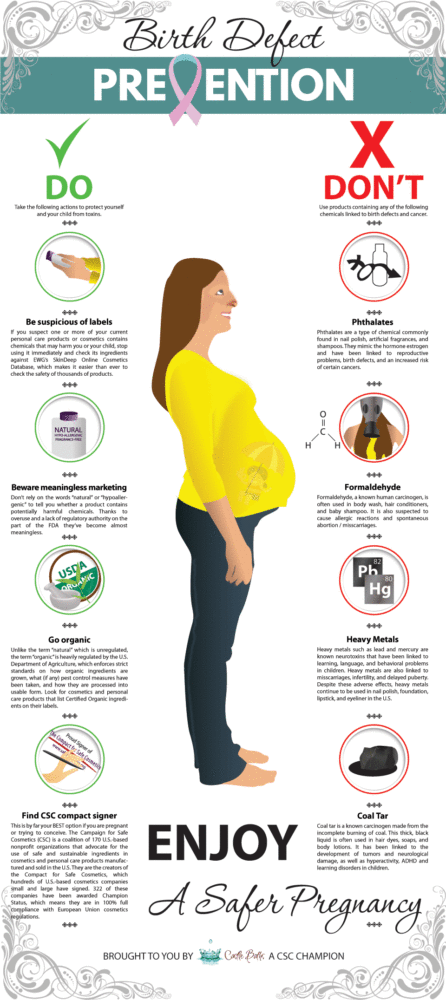 The thousands of women across the U.S. now choosing to boycott cosmetics companies that use chemical ingredients linked to cancer and birth defects and have instead given their business to the signers of the Compact for Safe Cosmetics have sent a clear message to the beauty industry, and are already seeing the results of their activism. Following intense pressure from the CSC, top brand cosmetics companies including L’Oréal, Revlon, Avon, Procter & Gamble, Estée Lauder, and Unilever have said they would voluntarily remove phthalates from their products sold in the U.S. The FDA has also started cracking down on companies that fail to include legally required disclaimers on their product labels informing consumers that their products have not been evaluated for safety. But the fight is far from over and won’t succeed without the efforts of people like you. “Consumers have real power they’re not exercising,” says Janet Nudelman of the CSC. “We need to let cosmetics companies know we’re not going to buy their products unless they make a strong commitment to safety.”
The thousands of women across the U.S. now choosing to boycott cosmetics companies that use chemical ingredients linked to cancer and birth defects and have instead given their business to the signers of the Compact for Safe Cosmetics have sent a clear message to the beauty industry, and are already seeing the results of their activism. Following intense pressure from the CSC, top brand cosmetics companies including L’Oréal, Revlon, Avon, Procter & Gamble, Estée Lauder, and Unilever have said they would voluntarily remove phthalates from their products sold in the U.S. The FDA has also started cracking down on companies that fail to include legally required disclaimers on their product labels informing consumers that their products have not been evaluated for safety. But the fight is far from over and won’t succeed without the efforts of people like you. “Consumers have real power they’re not exercising,” says Janet Nudelman of the CSC. “We need to let cosmetics companies know we’re not going to buy their products unless they make a strong commitment to safety.”
[1] Barrett, Julia. “The Ugly Side of Beauty Products.” Environmental Health Perspectives. 11 Jan 2005. [2] Faber, Scott and Nneka, Leiba. “Toxic Chemicals Threaten Healthy Births.” Ewg.org. [3] “The Ugly Side of Cosmetics.” Green American. June 2005. [4] “Carcinogenic Ingredients in Your Personal Care Products?” Healthline. 4 Apr 2013.


